“I always want my horror served with a scoop of humour”: Laura Moss on Birth/Rebirth
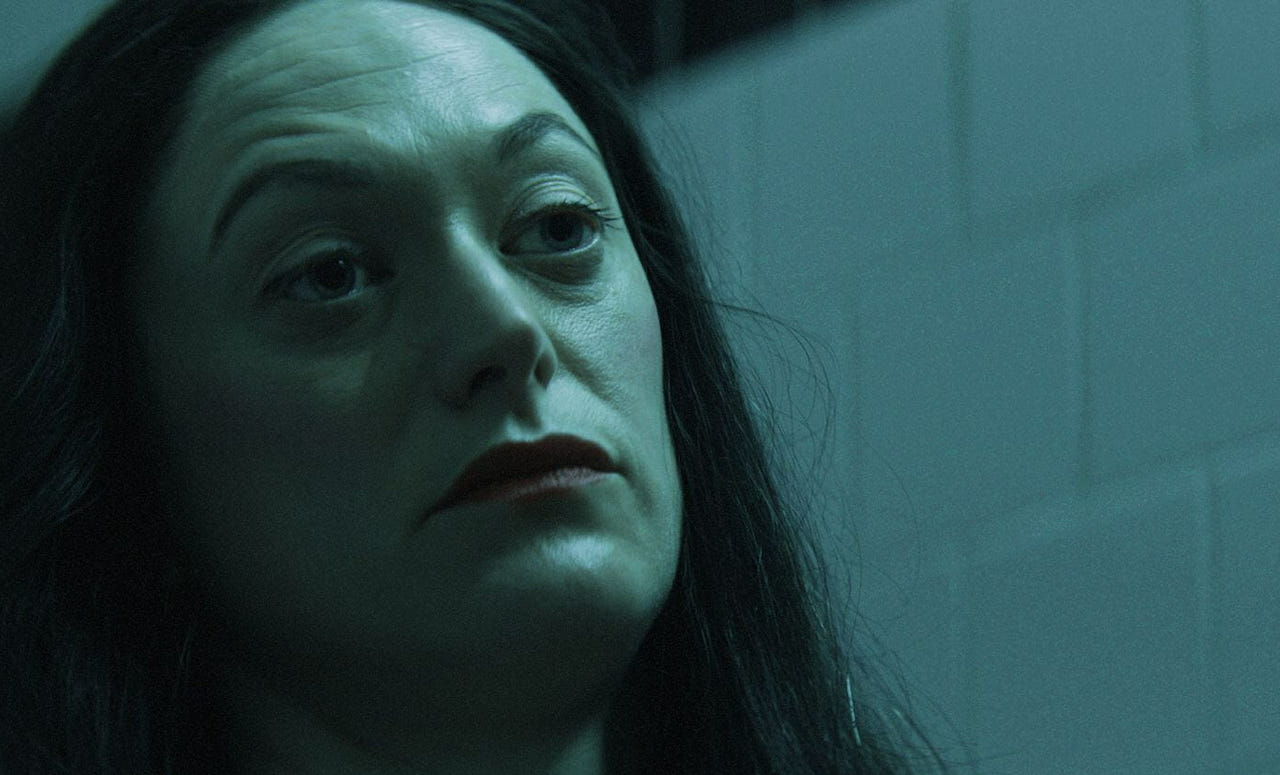
There must be something in the air because, just as Yorgos Lanthimos’s Poor Things lands in UK cinemas, so arrives another riff on Mary Shelley’s Frankenstein. Born out of an idea that had been percolating for years in the mind of filmmaker Laura Moss since reading the seminal 1818 novel at school, and co-written with Brendan J O’Brien, this a bold, feminist take that explores, with blacker-than-coal humour, themes of motherhood, loss and murky ethical waters.
Marin Ireland and Judy Reyes star as Rose, a morgue technician with a hobby of experimenting on bringing all manner of beings back to life, and her unlikely comrade, Celie, an overworked but kindly nurse distraught at the sudden loss of her daughter. After premiering at Sundance Film Festival 2023 to critical acclaim due to its unique blend of visceral body horror and psychological depth, the movie is now landing here in the UK.
In an exclusive interview, we sat down with Moss, who told us about the origins of the concept, being inspired by the likes of David Cronenberg and working with their fearless cast.
Hi, I’m Sarah from The Upcoming, such a pleasure to be able to speak to you. For people who don’t know anything about Birth/Rebirth, what can they expect from your feature debut?
Well, Birth/Rebirth is a psychological body horror film about two women who are bound together by their relationship to a reanimated little girl.
The concept is unbelievably unique. Where did you get the idea? And why did you want to focus on this story for your first feature?
I’ve been thinking about this movie in one way or another since I was 14 when I read Frankenstein for the first time. It was the first novel I read in school by a woman that wasn’t about marriage or manners, and I couldn’t get it out of my head. And every time I reread it, I really read Victor in Mary Shelley’s voice, it just felt like a woman’s voice to me. And so I think that idea had been in my mind a lot about, what would the particular challenges of a female Dr Frankenstein be? But it wasn’t until years later – I was already working with Brendan, we were actually writing our second feature, our first feature has yet to be produced – we were thinking a little bit practically about what film, what story can we tell that’s a bit contained, that has a few characters, a few locations, that we can actually make as a first feature? But that has an idea that’s so compelling, we can’t let it go. And I shared some journal writings I had done from this Dr Frankenstein’s perspective. And I said, “I don’t know, is this anything?” And Brendan said, “I’ve never seen it before.” And then we were off to the races. But yeah, I think it really, came out of the character, really a fusion of Victor Frankenstein and Mary Shelley herself.
What’s striking is how it takes on a melange of different kinds of genres: there’s the body horror elements, then there is the medical thriller aspect to the story plus a riff on this idea of Frankenstein as well. Do you see that it sits neatly in a particular genre? Were you taking cues from other films or filmmakers? How would you characterise the look and the feel of the film?
I describe my work generally as kind of genre adjacent because it’s not traditional horror, the jumpscares are not delivered, but I do think, as a fan of classic horror, that fans of the genre might respond to it – or so I hope. Dead Ringers, David Cronenberg’s film, and all of Cronenberg’s works, are a huge influence on me, and I think those often don’t sit neatly in a genre either. We did also look at a lot of films that are not horror films, just for stylistic references: Todd Haynes’s Safe, and Lynne Ramsay’s Morvern Caller, just as we were trying to figure out how we were going to evoke the the mood and atmosphere in the world of this story.
And coming to your incredible cast, particularly right at the centre these two women who are such contrasting actresses, playing such contrasting characters: did you already have people in mind as you were writing? And how did you land on Marin Ireland and Judy Reyes?
We had a draft before I settled on Marin Ireland, but it was very early. I knew that there was a very limited range of actors who could tackle such a complex role. And I had known Marin, I’m a New Yorker and I had known her from her stage work. She’d done a lot of brilliant work, on and off Broadway. And so she was our first choice and our first “get” when we started working with Shutter. Judy Reyes, who’s I think, known more primarily for Scrubs and some of her comedic work. I had seen her in a 2013 indie drama called Gun Hill Road at Sundance and she had stuck in my mind ever since. And when Celie started to emerge in early drafts of the script, it was written specifically for her. I know how hard the casting process is, so I just feel insanely blessed that they both leapt at this film and came on board. It was not particularly glitzy, but they were always really game and along for the ride.
How did they feel when they read the script? There’s no denying it’s delving into some grey areas in terms of morals: did they have any apprehension? And how did you all kind of work together to develop those characters and really bring them to life on screen?
Well, Marin is fearless. I mean, you see that in her other work. She’s, I think, attracted to difficult people, difficult characters. And so, I think some of the understandable concerns an actor might have, Marin did not have. She came on board with the film in 2020. We were supposed to shoot in 2020. And then, because of the pandemic, we were delayed. So the silver lining of that was that I had two years to talk to her more informally about the role. We didn’t have a lot of rehearsal time. We just had a few days of rehearsal before filming. And that’s when Marin and Judy met each other. I think my biggest fear was, would they have the chemistry that I hoped they had? And they did. But as a filmmaker, you’re kind of holding your breath. Judy came on board just a few months before we filmed. But from the beginning, I knew she had a deep personal connection to this role. I mean, she expressed that to me: she’s the mother of an only child, and I think this just hit her where she lived. The fact that they were drawn to this naturally really helped our process.
I guess they were also key in sort of learning this very specific tone that’s there, which, you know, there is some comedies and comedic moments and was born out of the contrast of, you know, what they’re doing on the experimental side, and then, you know, sort of making their pack lunches and maybe bickering a bit like an old married couple. So is that also something very key for you to work on, and that chemistry had to be there between the two of them to pull that off?
Absolutely. The film was very dark, and I think, in order for all of us, as filmmakers and viewers, to bear it, the humour and injecting humour into this in an organic way, that honoured the characters, was really important. I remember when Marin first read the script, she sheepishly asked me: “This is funny, right? Is this funny?” It’s like, “Yeah, it’s funny, it’s okay.” It’s also why I love for audiences – my preference, of course, is for audiences to see it in the theatre together, because one person laughs, and then people realise it’s okay to laugh. But yes, calibrating that humour was really important and is important to me in general. I think I always want my horror served with a scoop of humour.
What’s interesting about the body horror, is it’s accurately quite grounded in the way the medical aspects are displayed. I believe you’ve worked in ambulances before, is that right? So I guess you had some close-up experience that could inform those scenes, but why was it so important to you to make them realistic, so the horror or the squeamishness is not coming out of something completely absurd, but rather procedures women experience every day?
Yeah, I did work briefly as an EMT, and I think learned just enough to know how little I knew. In terms of the medical demands of this film, it was really important that the medical aspects felt grounded for a few reasons. One, we’re taking the audience on a fantastical journey, and so the more grounded the science feels, I think the more viewers are able to go on that ride. But also there are a lot of themes in this film about bodily autonomy and how people with uteruses are treated in the medical system. And we really wanted to explore the realities of that experience, alongside the reanimation, Frankenstein story. We were lucky we had a brilliant medical adviser. Her name’s Emily Ryan. She’s a pathologist at Stanford. And she took time off from her real grown-up job to work on our film for a few months. She was on set, and when she was not with me, she was with the actors, she was with the production designer, really giving attention to detail and I think giving the actors the confidence they needed to perform authentically and not worry that they were doing something silly.
In terms of putting all that off, what were some of the hardest scenes to shoot? Were they more on the technical side, the logistics of creating the visuals, or maybe those more on the emotional register? On the flip side, what were some of the highlights?
I think the hardest scenes were the highlights, you know? The C section – there’s an emergency C section that occurs in our film. And that was insane. But I’m a big practical effects prosthetics fan. So I was just kind of geeking out over Lisa Forst’s work, our special effects designer. Coordinating those extras, making sure it did feel medically real and tending to an actor who is strapped to a board covered in prosthetics was a challenge. On our pig days, I will say, if I have any advice for young filmmakers, it’s don’t write a pig into your movie, they don’t take direction very well. Every crew member turned into a little kid when the pig came to set. It was just like, the most fun day as well as the most challenging day.
What’s so exciting about genre/horror, is that it opens up space to explore themes from a totally different angle. In Birth/Rebirth, there’s the line at the opening from the mother giving birth, “What about me” that raises this expectation that becoming a mother is somehow about sacrificing yourself, sacrificing everything for your child, that runs through the movie. What do you think some of the themes are in that sense? And what can viewers take away?
I mean, I’m not a parent, so it was really important to me to, if not equally represented, have a really strong representation of parents and mothers on our set. Our DP, Judy, brought that experience, which is both the sort of joy and pain, the loss of identity and gaining of a new identity – all of it is there. I think, from my perspective, I was processing a lot of my fears around the transformations of pregnancy and birth. So I definitely think that if that’s something you’re wrestling with, and you find catharsis in the horror genre, this is for you. If you don’t find catharsis in the horror genre, maybe avoid! But, for me, those are some pretty major themes. And also, I think, the battling narratives that are laid, particularly on women, of motherhood versus career, identifying with one or the other, and then dismissing someone who’s taken a different path. Celie is, of course, a mother who does have a career, but in many ways, she represents motherhood in the film and Rose, our Dr Frankenstein, has really identified with her work and is trying to leave a legacy in that particular way. Very often, we explore how those two characters are different, and I really wanted to figure out how they were intertwined. And so the evolution of the film is sort of a process of that.
I’m out of time, but thank you so much for sharing all that with me. I can’t wait for everyone else to have the opportunity to see the film and best of luck with your next projects as well.
Sarah Bradbury
Birth/Rebirth is available to rent and buy digitally on 22nd January 2024.
Watch the trailer for Birth/Rebirth here:

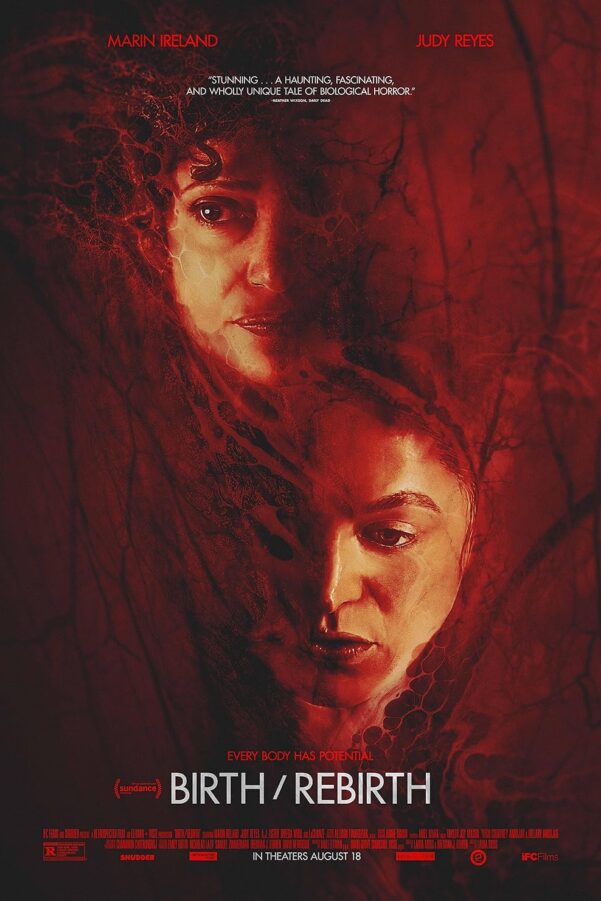




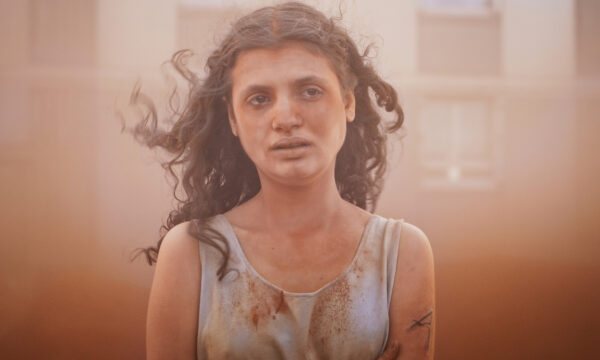
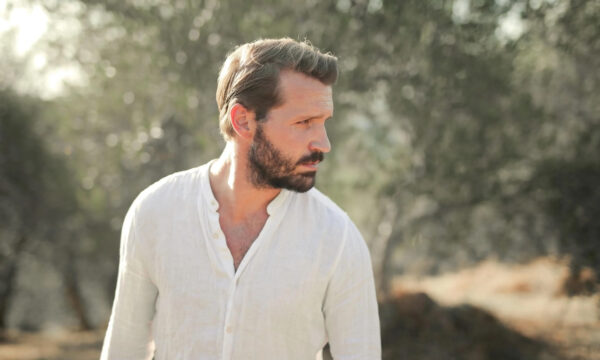
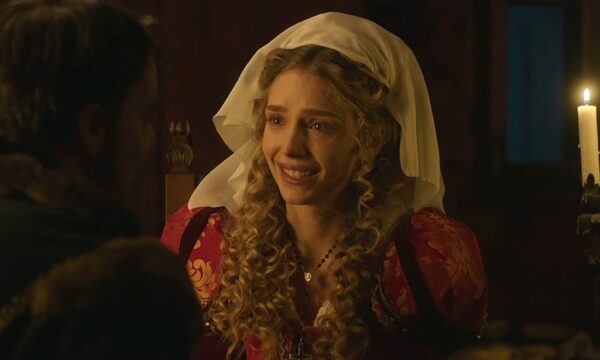
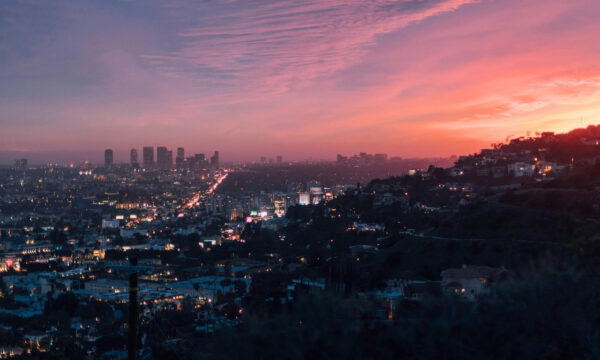


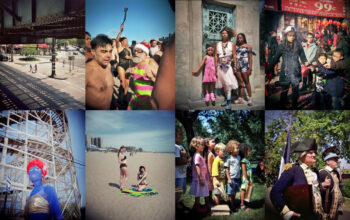
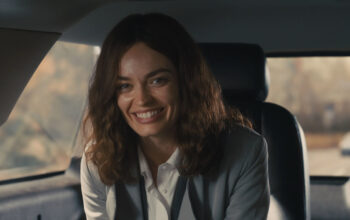

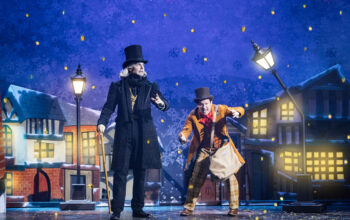
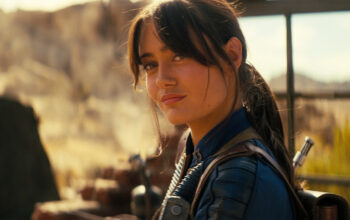
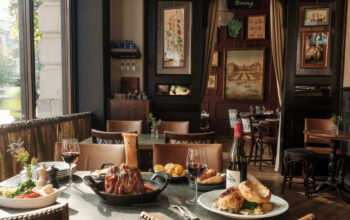



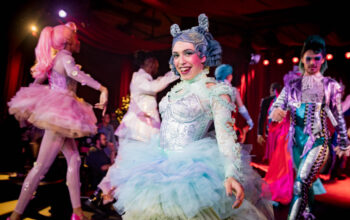

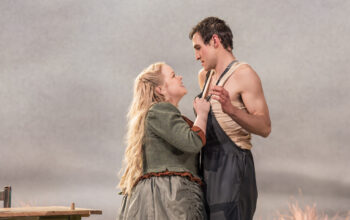
Facebook
Twitter
Instagram
YouTube
RSS